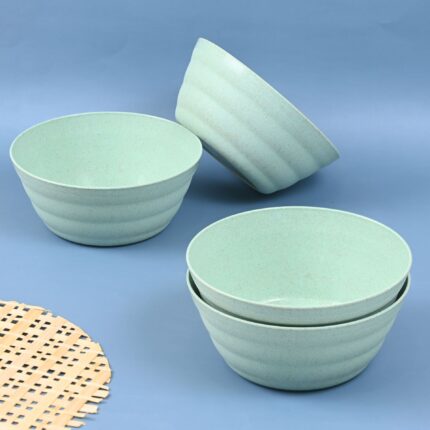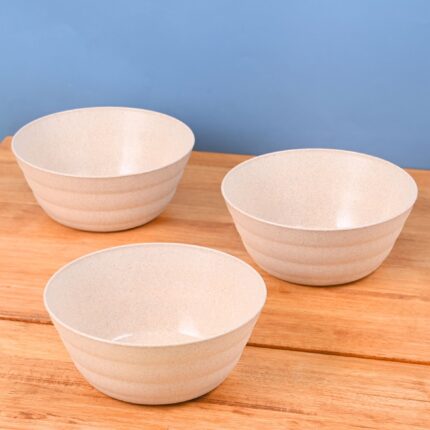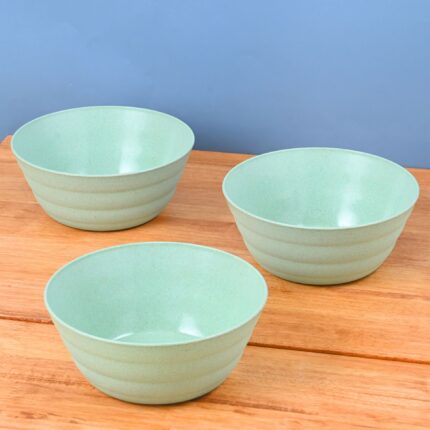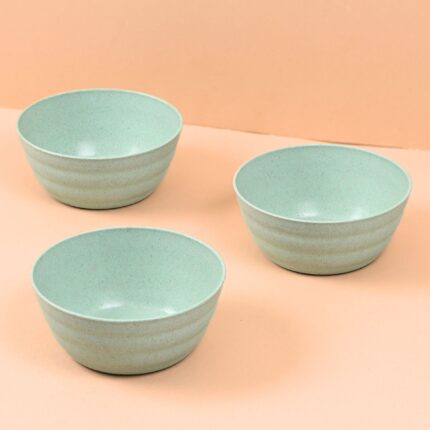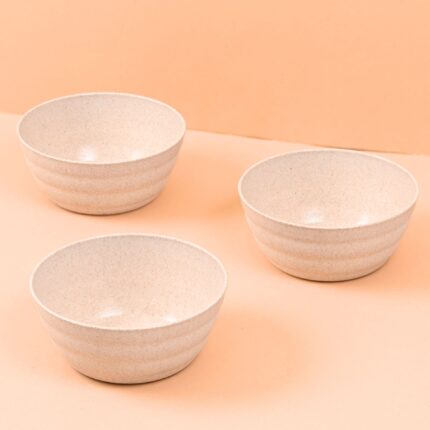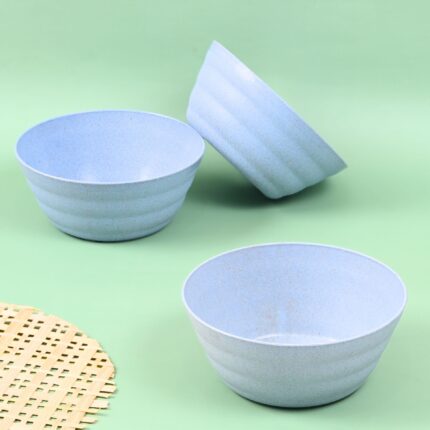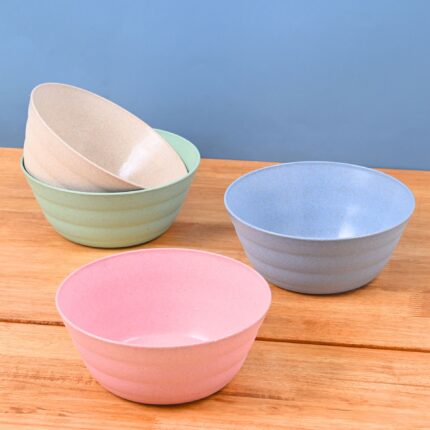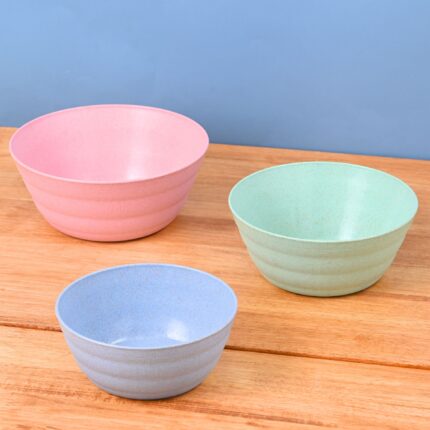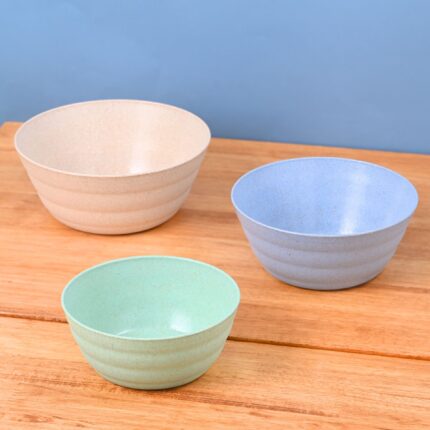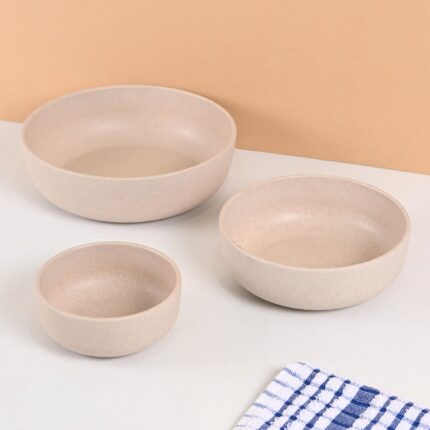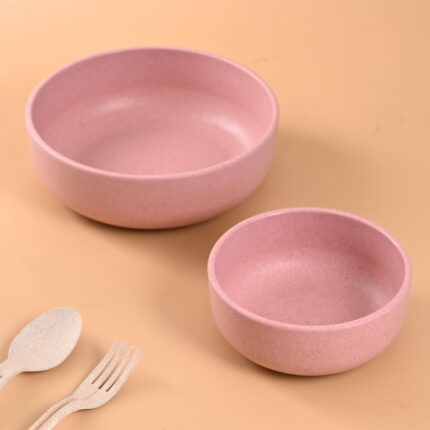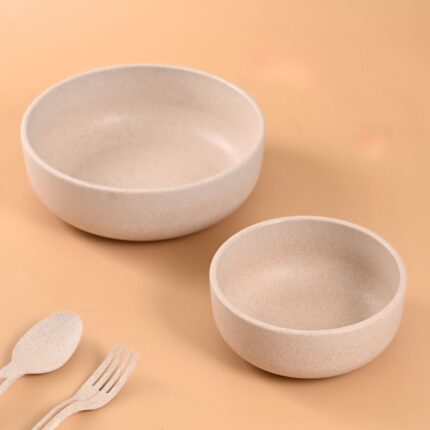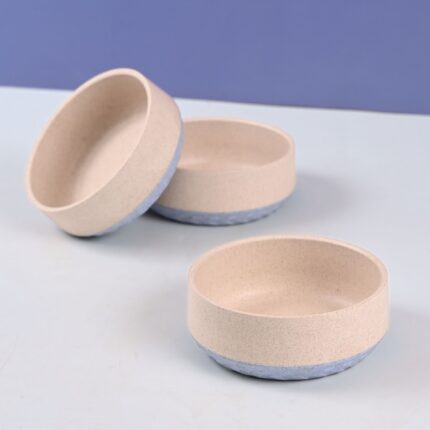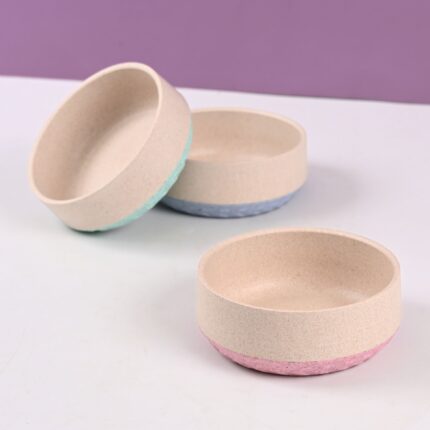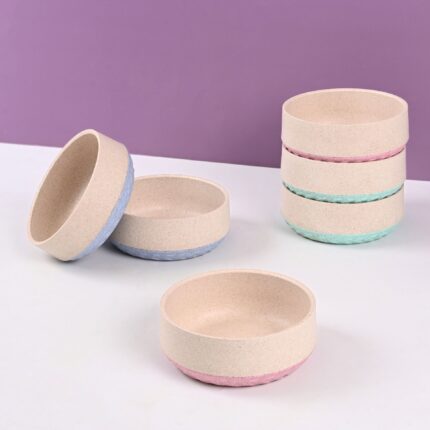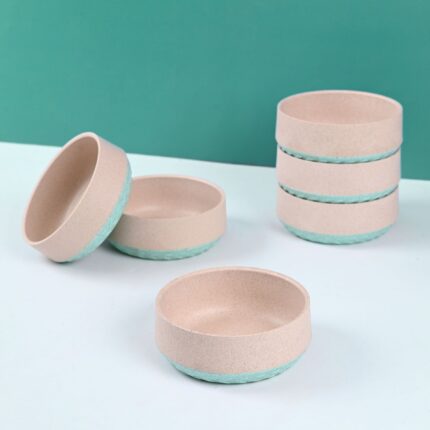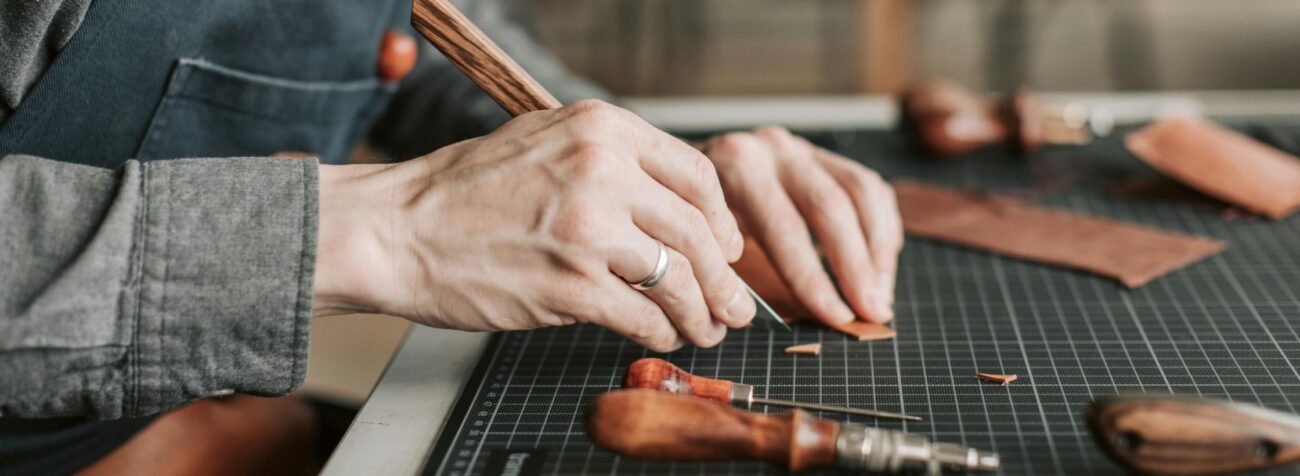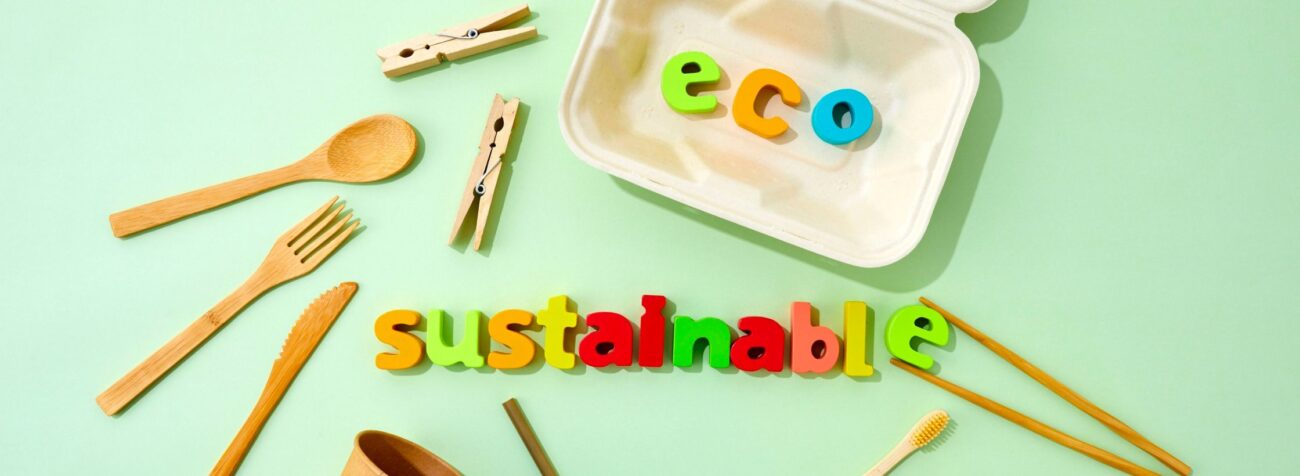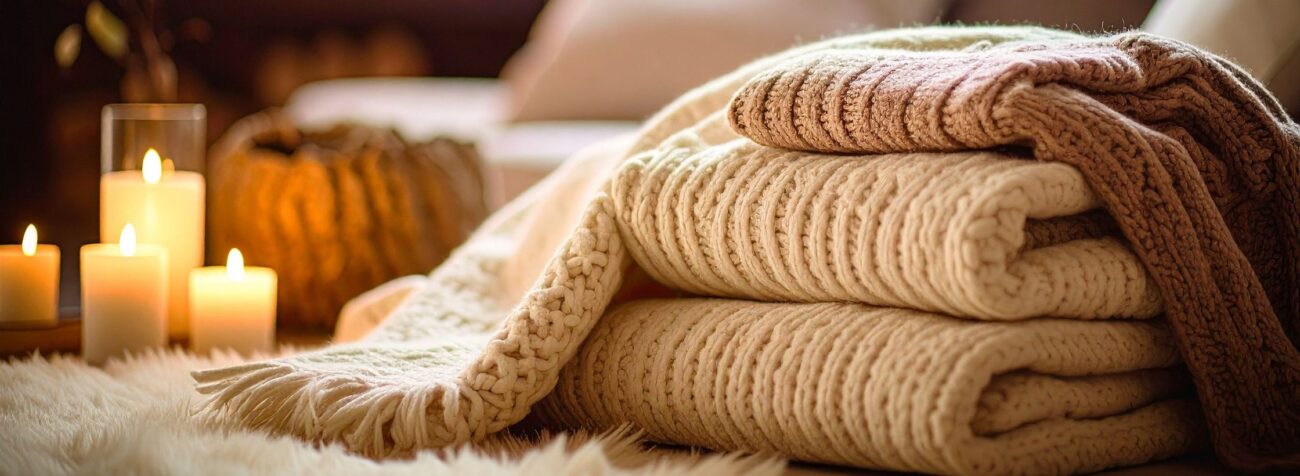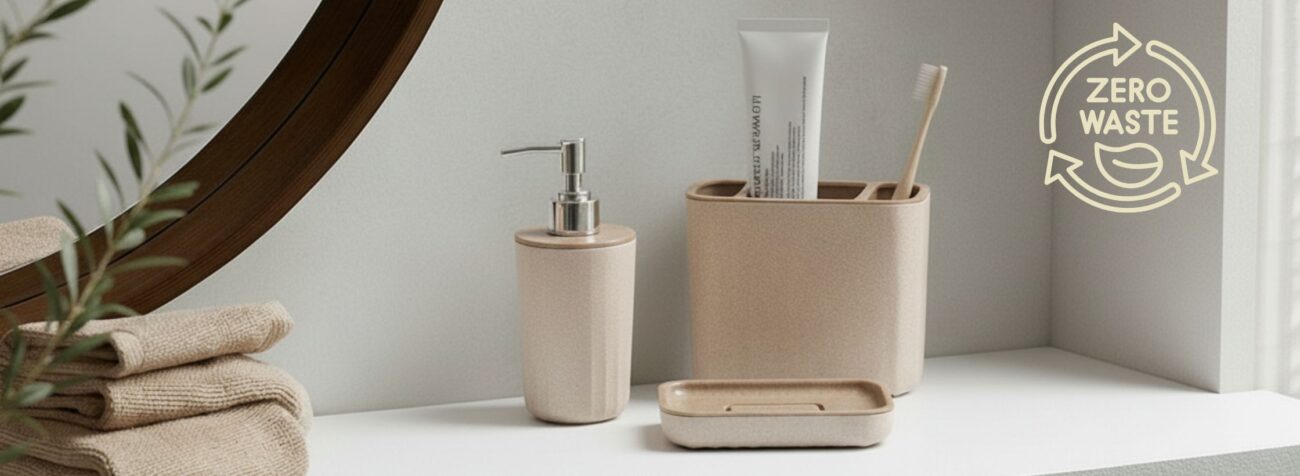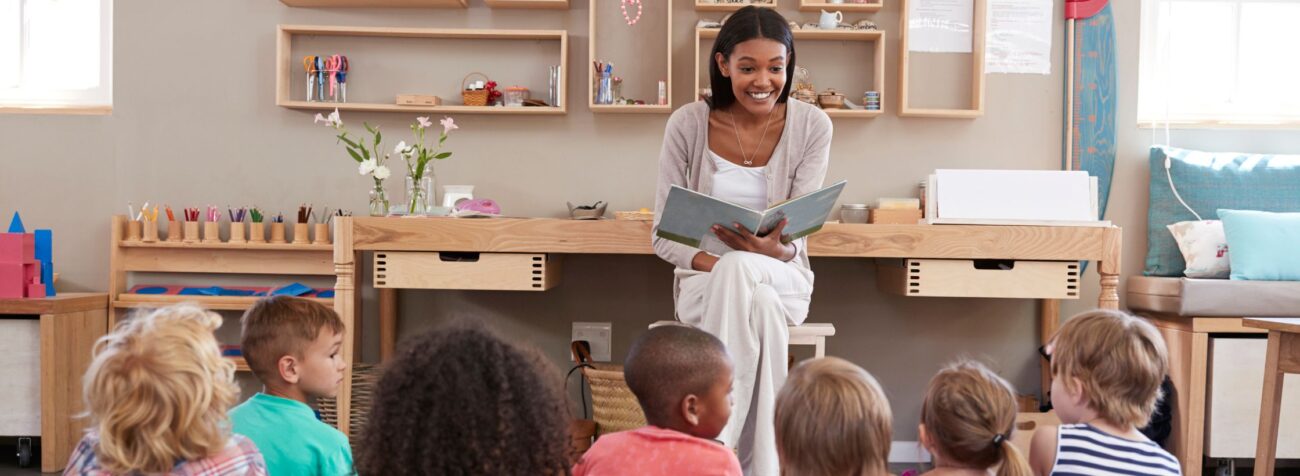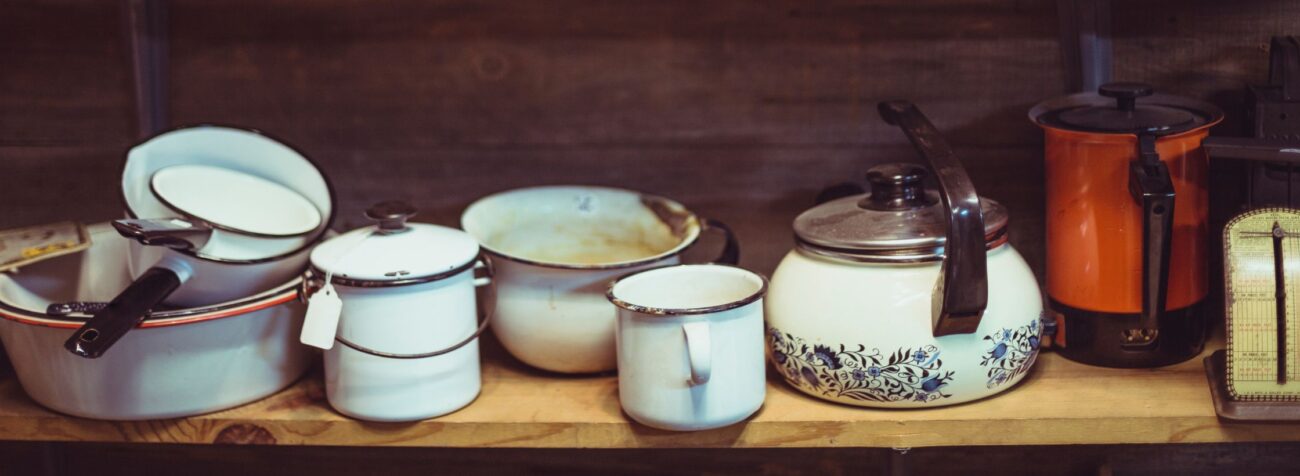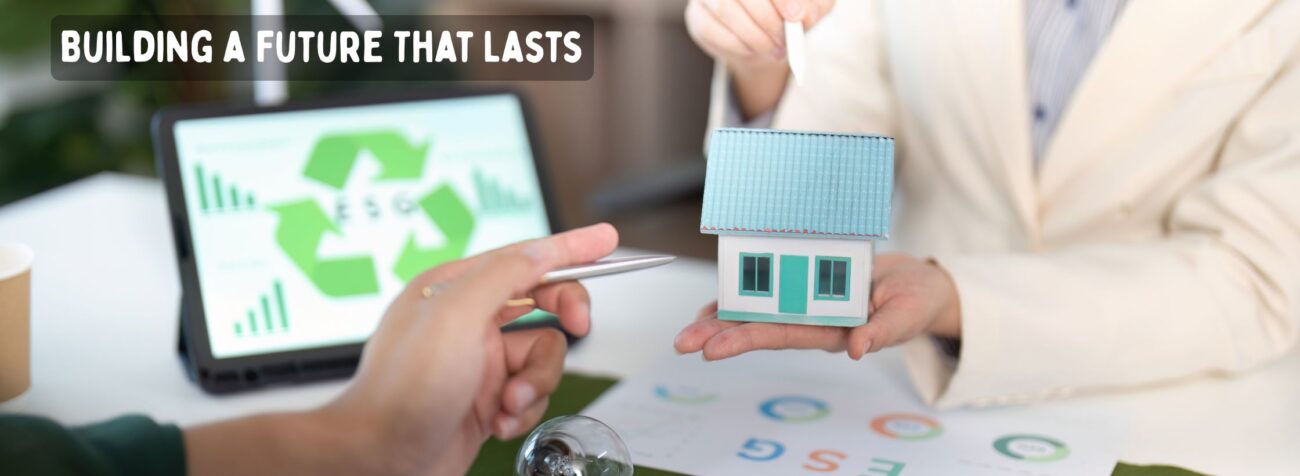From Ecosystems to Your Plate: The Importance of Biodiversity
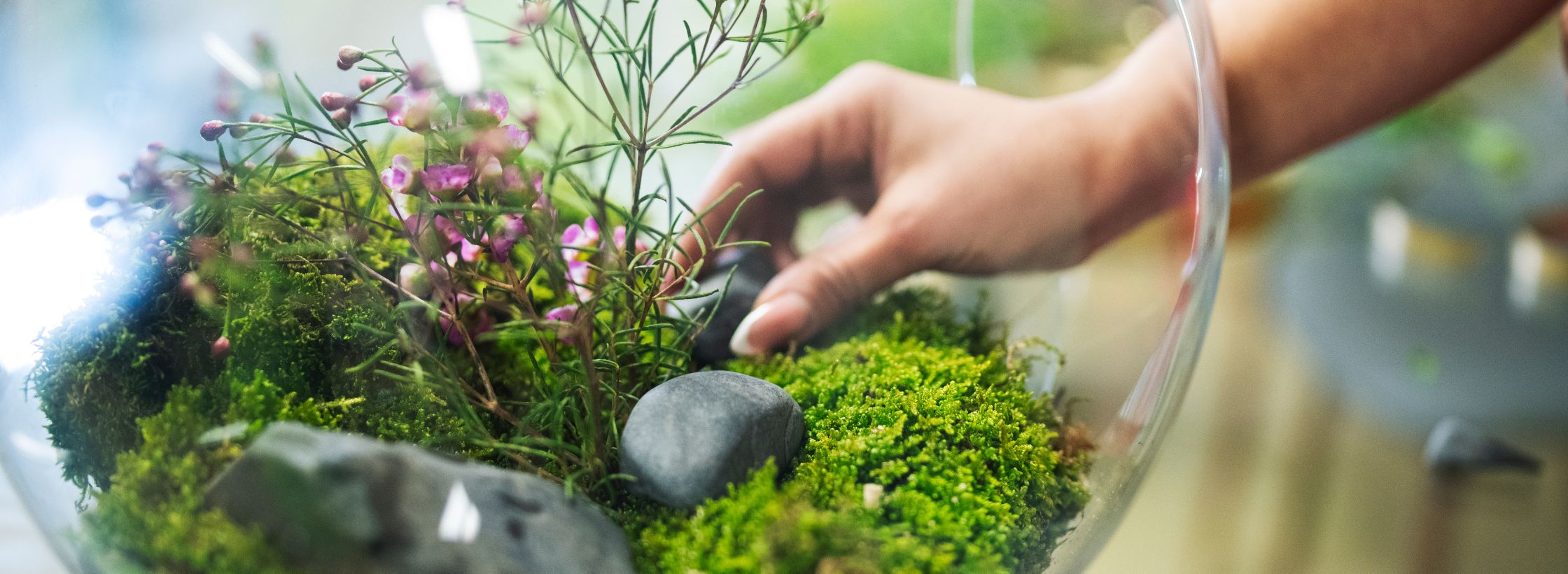
From Ecosystems to Your Plate: The Importance of Biodiversity
Ecosystems are intricate webs of living organisms and their non-living environment, all interacting in a delicate balance.
Ever stopped to think about where your food actually comes from? Beyond the grocery store aisle, that is. Or perhaps you’ve wondered why some fruits and vegetables just don’t taste as good as they used to? Maybe you’re even a bit worried about the planet’s future, or what that means for your family down the line. You’re not alone. These are real concerns, and they often lead us back to one core idea: biodiversity.
It’s not just a fancy science term. Biodiversity is the massive variety of life on Earth – from the smallest microbes to the largest whales, and everything in between. It’s about the different plants, animals, fungi, and micro-organisms, and the ecosystems they form. Think of it like a giant, intricate puzzle. Every piece matters, and if one piece goes missing, the whole picture starts to get a bit blurry.
Why Healthy Ecosystems are Key to Your Everyday Life
You might be thinking, “What does a thriving rainforest have to do with my morning coffee or the dinner I’m planning tonight?” Well, a whole lot! Healthy ecosystems provide us with everything we need: clean air, fresh water, fertile soil, and, of course, the food we eat. They regulate our climate, pollinate our crops, and even break down waste.
Consider this: almost 75% of the world’s food crops, including fruits, vegetables, and nuts, rely on animal pollination. Without bees, butterflies, and other pollinators, our food supply would look very different, and much less delicious. This highlights how interconnected we are with nature’s delicate balance. Losing even one species can have a ripple effect through an entire food web.
Protecting Our Natural Treasures: Biodiversity Hotspots in India
Now, let’s bring it closer to home. India is incredibly rich in natural wonders, boasting some of the most critical biodiversity hotspots in India. These aren’t just pretty places; they are regions with exceptionally high levels of species diversity, many of which are found nowhere else on Earth. Think of the Western Ghats, stretching along the western coast, home to unique frogs, vibrant birds, and rare medicinal plants. Or the Himalayas, with their majestic peaks and diverse flora and fauna. These areas are like natural libraries, holding vast amounts of genetic information that could be vital for future food security, medicine, and even new biomaterials for products we use every day.
We’re talking about places where incredible plant and animal life thrives, providing essential services to local communities and, indirectly, to all of us. For instance, the diverse plant life in these hotspots provides vital resources for traditional medicine, and also inspires innovation in sustainable products. Imagine a future where your tableware is made from plant-based biomaterials, or your storage containers are crafted from upcycled agricultural waste – all stemming from the rich biodiversity found in these regions.
Investing in the Future: Biodiversity Reserves in India
Beyond the hotspots, India also has a strong network of biodiversity reserves in India. These protected areas, like national parks and wildlife sanctuaries, are crucial for safeguarding endangered species and their habitats. They act as safe havens, allowing natural processes to flourish without too much human interference.
For example, projects focused on restoring natural habitats within these reserves can lead to a boost in local biodiversity, which in turn strengthens the resilience of nearby agricultural lands. This means healthier soil for growing crops, better water quality, and a more stable environment for farmers. It’s all about creating a circular economy where nature’s resources are conserved, reused, and managed sustainably. This not only benefits the environment but also provides opportunities for fair trade practices and supports local communities who depend on these natural resources.
Simple Steps Towards a Biodiverse Future: What You Can Do
So, what can we, as consumers, do to support this vital cause? It might feel like a big problem, but even small choices can make a difference.
Choose Wisely: When you’re shopping, look for products that emphasize sustainability. Are your new pots and planters made from recycled materials? Is that stylish mug crafted through fair trade practices? These details matter.
Reduce, Reuse, Upcycle: This isn’t just a catchy phrase; it’s a powerful way to conserve resources. Before you toss something, think: Can I reuse this? Can it be upcycled into something new and useful? For example, old glass bottles can be repurposed as elegant vases, and wooden pallets can become unique office storage solutions.
Support Climate Action: Climate change is a major threat to biodiversity. By supporting brands committed to reducing their carbon footprint and investing in renewable energy, you’re contributing to a healthier planet. This also includes advocating for policies that prevent destructive practices like crop-burning, which severely impacts air quality and soil health.
Embrace Biomaterials: Look for innovative products made from natural, renewable resources. From sustainable tableware to eco-friendly gifting options, the market for biomaterials is growing, offering alternatives that lessen our reliance on finite resources.
The health of our planet’s ecosystems is directly linked to our own well-being. By understanding the importance of biodiversity hotspots in India and supporting the efforts within biodiversity reserves in India, we can collectively contribute to a more sustainable future. It’s about ensuring that the incredible variety of life on Earth continues to thrive, providing us with everything we need, from the food on our plates to the inspiration for our homes and lives. Let’s make choices today that nourish both ourselves and the planet. After all, a healthy planet means a healthier us.
Visit eha’s range of sustainable plates and bowls to choose, made with biocomposite materials using crop-waste such as rice husk, bamboo fibers and coffee husk.
If you are looking at developing new range of earth friendly tableware speak to experts at Mynusco.








